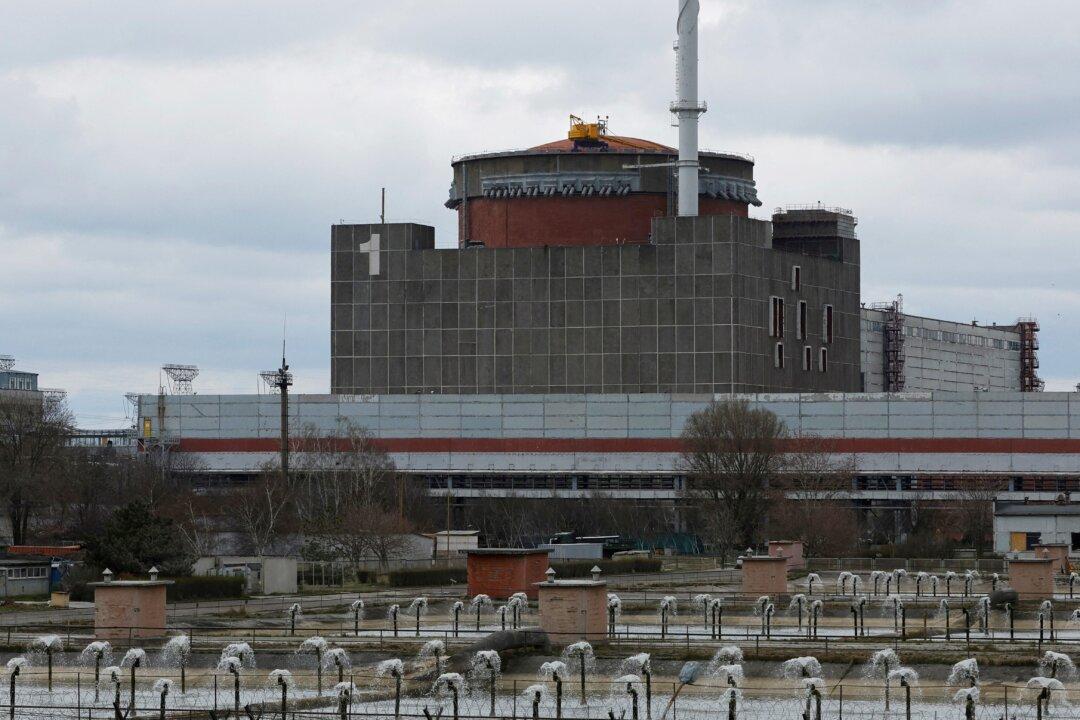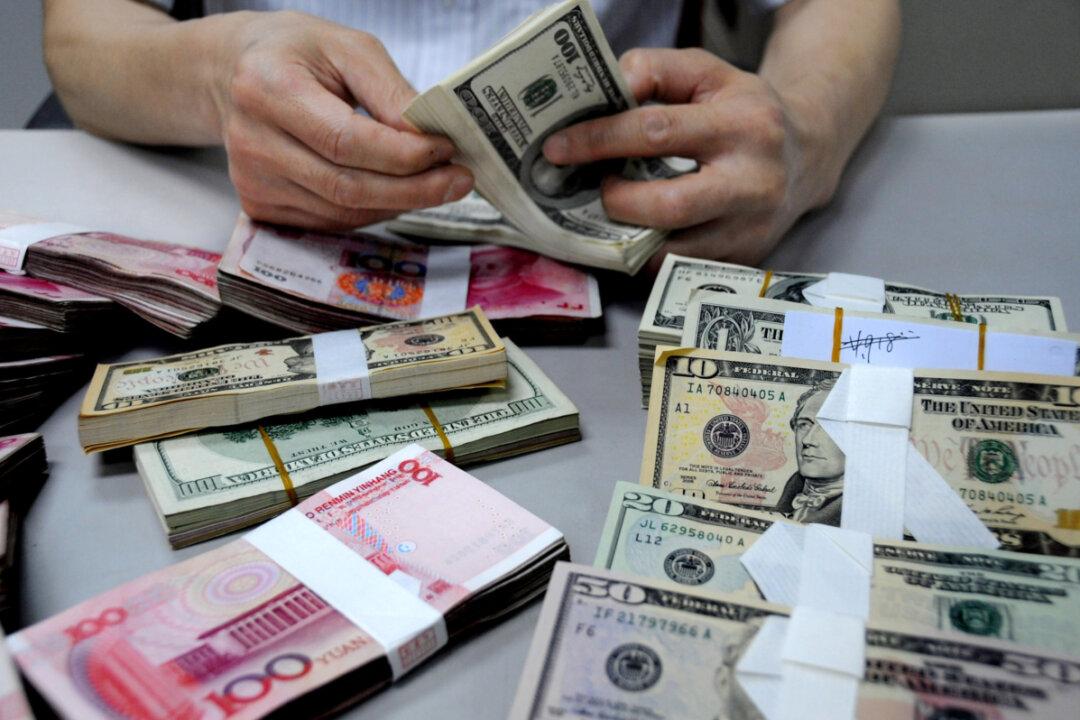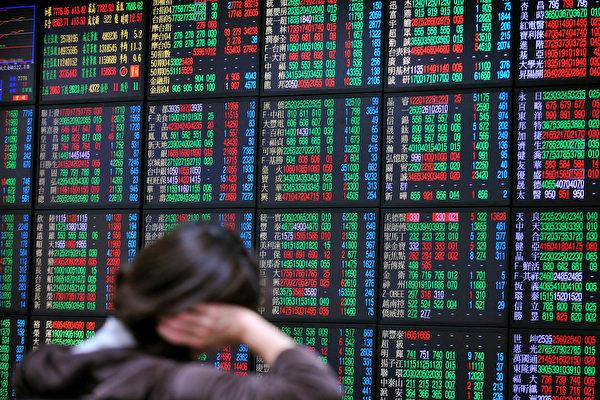An analysis released by the Federal Reserve Bank of New York (FRBNY) on Jan. 6 suggests that China’s current COVID-19 outbreak is slowing the global supply chain’s return to a normal range and negatively impacting neighboring trade partners.
The FRBNY first released its Global Supply Chain Pressure Index (GSCPI), a measure of global supply chain conditions, in January 2021.






